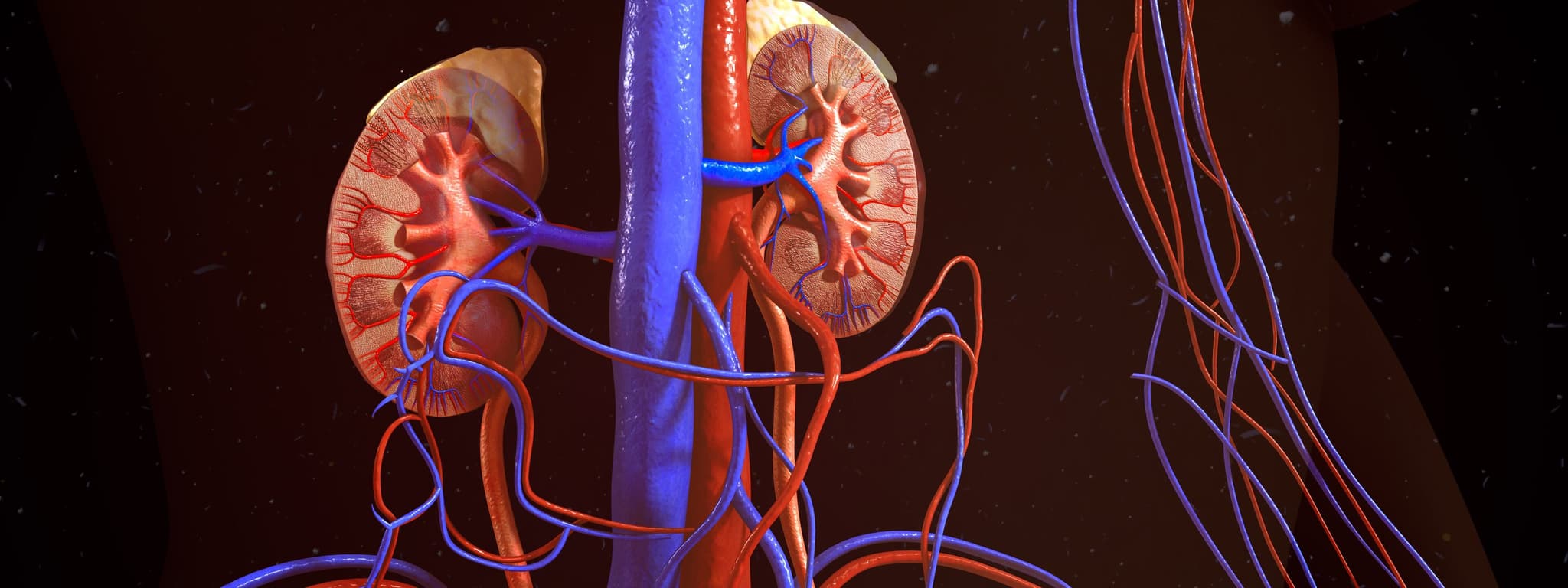
2019-06-27T14:25:54
Your Urologic Health – Signs You Should Not Ignore
- Urology
June 19, 2017 | Urology
Specialties:Nephrology (Kidney Care) • Urology

The normal human body has two kidneys, organs that help filter waste from the body and prevent various diseases, but in certain people, the kidneys fuse together as one. This condition is called horseshoe kidney, or renal fusion, and it occurs in about 1 in 500 children.
In some cases, no symptoms will be present and treatment won’t be required. In others, certain methods might be needed to help with horseshoe kidney complications.
In the normal kidney formation, the kidneys function as the body’s main filter. They clean about 150 quarts of blood per day, and form between one and two quarts of urine to be released from the body. They help with everything from fluid balance and electrolyte levels to waste removal and blood pressure regulation.
In cases of horseshoe kidney, changes occur during fetal development as the kidneys move into their normal position. As the kidneys in a fetus rise from the pelvic area, they become fused together at the lower end, or the base. This forms them into a U shape, similar to a horseshoe. This is thought to be more common in males than it is in females.
Symptoms of horseshoe kidney are present in about 7 out of 10 children and adults who have the abnormality. This is much more often than other kinds of abnormal kidneys. Symptoms for horseshoe kidney can include:
Cancer tumors are somewhat more likely to occur in horseshoe kidneys than they are in normal kidneys. Symptoms of a kidney tumor can potentially include:
Horseshoe kidney is often found while other conditions are being treated, or while looking for the cause of the symptoms listed above. The following imaging tests might help find a horseshoe kidney:
If there are no noticeable symptoms, treatment may not be necessary for horseshoe kidneys. There is no cure, but symptoms can be treated if they’re creating issues. In cases where blockage of urine flow or backward urine flow are present (these situations are common with horseshoe kidney), surgery is a common treatment. People with horseshoe kidneys may wear a medical alert bracelet to let emergency care providers know to be aware of the chance of kidney damage.
Just like normal kidneys, horseshoe kidneys can become blocked. Blockages or kidney stones will often be removed via surgery.
If you or your child has horseshoe kidney, your doctor will advise you about any treatment methods or precautions you should take for your specific diagnosis.
“What is Horseshoe Kidney (Renal Fusion)?” Urology Care Foundation. http://www.urologyhealth.org/urologic-conditions/horseshoe-kidney-(renal-fusion)
“Horseshoe kidney.” Radiopaedia. https://radiopaedia.org/articles/horseshoe-kidney
WRITTEN BY:
The Live Better Team
This information is not intended to replace the advice of a medical professional. You should always consult your doctor before making decisions about your health.